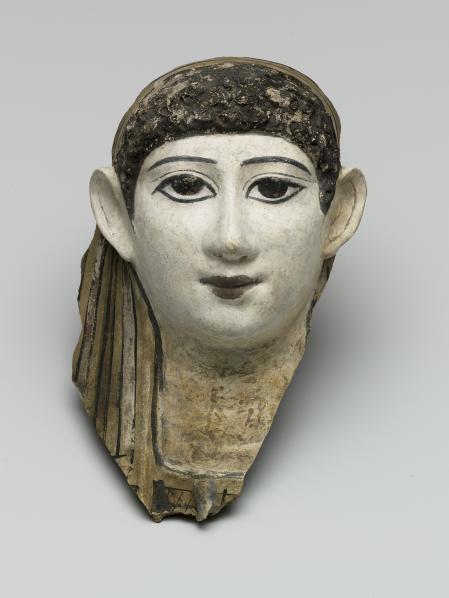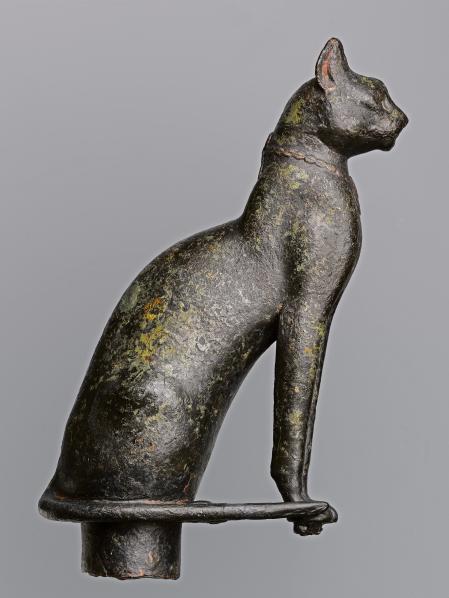Ancient Egyptian cult of the dead
Nowhere has more evidence of the beliefs and everyday life of Ancient Egypt been preserved than in their tombs. An Ancient Egyptian tomb was the place inhabited by the deceased; it consisted of several rooms intended to constitute the transition from this world into the next. The corpse was located in the lower section of the tomb, while in the upper, cultic section inferiors and relatives placed burial gifts and performed ritual acts to secure the person’s resurrection and wellbeing in the next world.
The burial gifts included clothing, toys, chairs, lamps, vessels with wine and beer, and baskets with bread and fruit, as well as preserved meats. Small vessels filled with ointments and oils were also placed in the tomb. Such vessels made of hard stone have survived from as early as the prehistorical Naqada culture around 3,500-3,100 B.C.E., and they are to be encountered in the early dynastic period, perfected to a degree later never surpassed. While the houses and everyday objects of the living were made of transient materials, durable stone was used for the veneration of the gods and the cult of the dead. The stone was felt to guarantee the objects lasted for all eternity and therefore ensured ongoing support for the deceased.
In order to discharge inconvenient duties in the next world, the deceased were given small funerary figures as servants, the Ushabtis ("answerers"). These mummy-like figurines were placed in the tomb along with small models of the tools required to perform the tasks in question. Later, the relevant instruments were simply painted onto the Ushabti. Often, the Ushabti bears two hoes with which to till fields. The number of Ushabtis included in the tomb varies depending on the social status and wealth of the deceased person.
Around the end of the 19th century, art and antiquities dealers had almost unlimited access to Ancient Egyptian objects; exporting them was not subject to any major restrictions during the Khedivate, when Egypt was first occupied by the British and established a protectorate. However, collectors faced the problem that when choosing items, they had primarily to rely on their own sense of what was good quality and of aesthetic value. They could not always fully assess the value of the objects for cultural history and their cultural context. It was during this period that Karl Ernst Osthaus compiled a selection of artistic and crafts items from Ancient Egypt in line with his own ideas: They range from prehistorical times to the end of Classical Antiquity (6th century C.E.). Almost all the items originated in tombs or relate to the cult of the dead.
Share on


